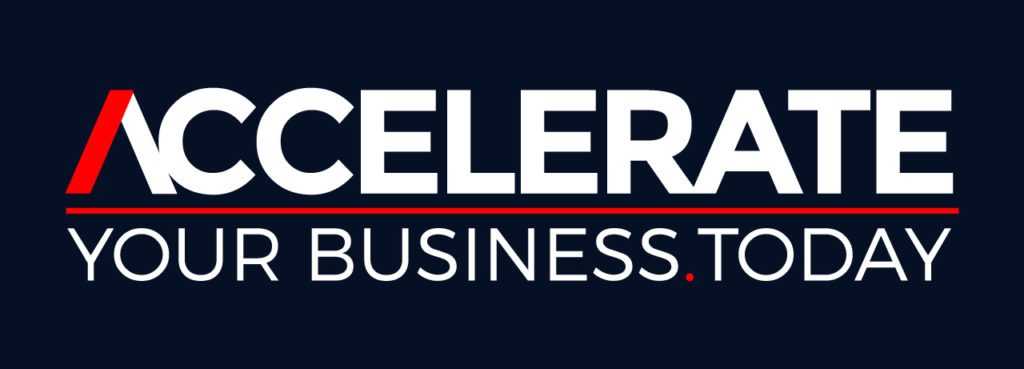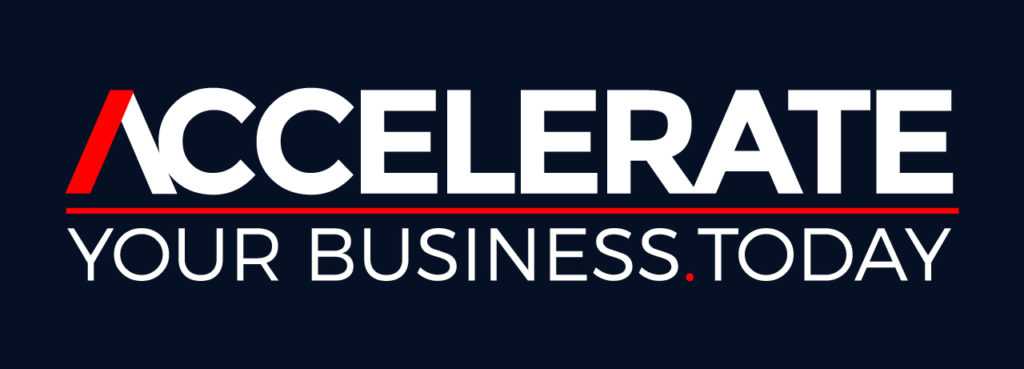Social media platforms (Twitter, Facebook, Linkedln and many more) allow you and your business to reach millions and vice-versa – millions to turn on your business if it does the wrong thing.
- TikTok influencer Alix Earle (with 5.3M followers) recently travelled to Italy with 11 friends. They found their rental house didn’t exist and posted their frustrations on TikTok.
- Airbnb, who wasn’t responsible for the situation, jumped into their comments section of the post and provided them with a villa overlooking the ocean – which was then extensively posted about by Earle and her fellow creators to the 5.3 million followers about how great Airbnb was.
Social Media Management – one aspect is monitoring conversations across social media of interest to your brand/business/audience is a simple yet necessary way to manage PR, both positive and negative.
In one swoop, Airbnb positioned itself as going above and beyond to help people in distress when it had no direct commercial interests. The positive PR earned from millions of views outweighed the cost of doing so. Win to AirBnb.
New currency – Attention is the most valuable asset in the world today.
If Alix Earle, with 11 friends, arrived to find no holiday house and no or little social media followers – would AirBnb have stepped in to help?
Social influence and followers (gaining attention within seconds to many followers) are powerful social currencies in a digital world.
Getting more attention from your ideal future buyers, clients, customers, and patients is a core KPI today.
Targeting your competitor’s shoppers and customers with win-over strategies and tactics is as old as business.
In a digital world, it is so much easier to achieve.
Today’s standard operating procedure is to geofence your competitor’s stores – across the State, Australia or most parts of the world.
Serve digital advertising to people with mobile devices who physically enter their stores.
What is geofencing marketing
Geofencing marketing is location-based marketing using GPS technology to create virtual boundaries around any physical space – in this example, your competitor’s retail stores.
Geofencing allows you to target people with devices within a certain distance of the stores or who have entered the stores with advertising and promotions.
Your pitch – your win-over campaign is critical to faster revenue growth
For example, Mcdonald’s might target its competitors Australia-wide with geofence marketing every day.
- It might deliver a different win-over campaign depending on which competitor people went to. If you went to KFC, you might receive Mcdonald’s chicken burgers campaigns – because you like chicken.
- Targeting starts when you visit a competitor. The marketing seeks to sway you to Mcdonald’s next time you look for fast food.
Like all marketing, it is about return on investment – what percentage of people are influenced to change their future behaviour.
Here are some examples of successful geofencing campaigns:
- Starbucks employs geofencing technology to send targeted push notifications and in-app to customers who are in close physical proximity to their physical stores. Their happy hour promotions, where select beverages are available for 50% off, are only available to geo-fenced customers.
- Burger King‘s Whopper Detour campaign is a successful example of geofencing. In the USA, it offered its burger for a penny to customers who downloaded the Burger King app while visiting (inside a McDonald’s store). Burger King gained new customers from their competitors and generated extensive positive publicity.
- Uber uses geofencing to target individuals at airports and hotels.
- Dunkin’ Donuts had a recent geofence campaign. 36% of individuals who clicked on the offer responded by taking action – buying a doughnut – with 18% saving money with the digital coupon attached to the campaign.
For most businesses, geofenced campaigns are a daily part of their win-over tactics to win more of their competitor’s revenue.
It works best when the win-over campaigns differ from their broader campaigns.
Often the best performing win-over campaigns are a gift with purchase.
Retail empires have successfully accelerated with campaigns and promotions – and the most valuable are highly strategic – gifts with purchase.
For example, in Australia – the two market-leading supermarkets, Coles and Safeway (Woolworths) run gifts with purchase—a small plastic toy when you spend over XY dollars. The high-performance lift in demand generation is so significant that they comment on the end-of-year financial results.
What is your business doing about events, campaigns, and promotions to increase demand generation for your business today?
How has the performance of your recent campaigns been going?
What works best and not?
Regards
David

